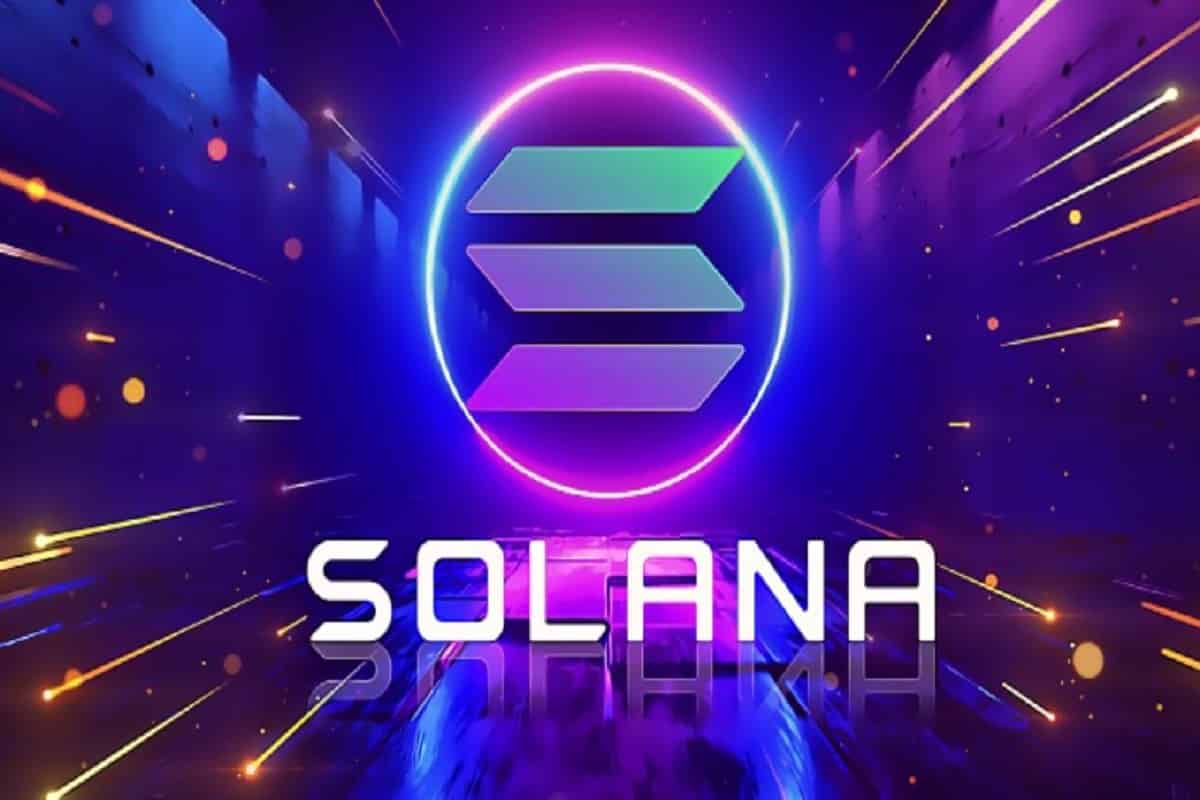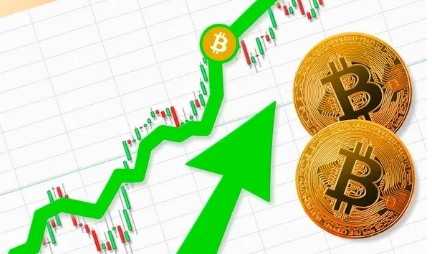When it comes to the blockchain cryptos, many people have heard of Ethereum, but possibly not of Solana.
Solana was created by software expert, Anatoly Yakovenko who first brought forward the idea in 2017. His brainchild then launched in March 2020.
The blockchain is considered a dark horse in this particular market, and was created work similarly to and as an improvement on Ethereum.
Named after a city in southern California, United States, this crypto has become quite popular, currently sitting at number 5 in the list of the largest digital coins based on market cap.
What Is Solana?
This blockchain has several similarities to Ethereum. In some quarters, it is referred to as an “Ethereum killer.”
The digital currency can be bought on almost all the major exchanges. Its biggest value is the ease of conducting transactions on its networks. This is because unlike the earlier cryptos such as Bitcoin, its blockchain utilizes a proof-of-history consensus process.
On the other hand, cryptos such as Bitcoin use a proof-of-work algorithm in transactions. This particular method is slow and requires lots of resources to work, in turn creating the need for vast amounts of energy.
This is one of the issues Solana has excelled at in getting rid of.
The Benefits of Solana
Solana’s “proof of history” innovative method has been hailed as a game-changer. It is fast, and boosts efficiency.
These quick transaction times are the crypto’s best selling card. It promises users that it will provide them with fast, and relatively inexpensive decentralized applications.
The system is also quite simple, and easy to improve on. It has familiar coding languages and , which means applications can be developed and understood quickly.
Another benefit of the blockchain is the Gulf Stream Protocol. This is an interesting networking build that Solana utilizes to enable any number of users to carry out massive transactions.
Before validators approve early transaction orders and trades, the transactions are allowed to forward from node to node across the network.
This is an important innovation because as a rule, many blockchains get flooded with unconfirmed transaction data which causes traffic.
But Gulf Stream prevents these bottlenecks from occurring.
How Has Solana Impacted The Market?
Solana’s stature has steadily been growing. More and more investors are adopting it.
More and more creators of decentralized applications are opting to base inventions on Solana. This is because as mentioned earlier, Solana enables fast blockchain in areas such as the gaming industry, the NFTs niche, etc.
This growing popularity could cause the blockchain to ride a wave of growth. With the increased adoption, Solana has seen the price of its crypto, Sol rise from approximately $2 in 2020, to around $110 this year.
So far, more than 400 projects in NFTs, DeFi, and Web3 have launched on the blockchain.
Despite this massive growth, Ethereum still remains some way ahead of Solana. A prime example of Ethereum’s superiority over the latter is the fact that over 3000 decentralized applications are running on Ethereum at this moment in time.
However, while Ethereum continues to grapple with dear gas fees and network clogging, its close rival can boast of faster speeds, and cheap transaction charges.
Hence the moniker, “Ethereum killer.”



